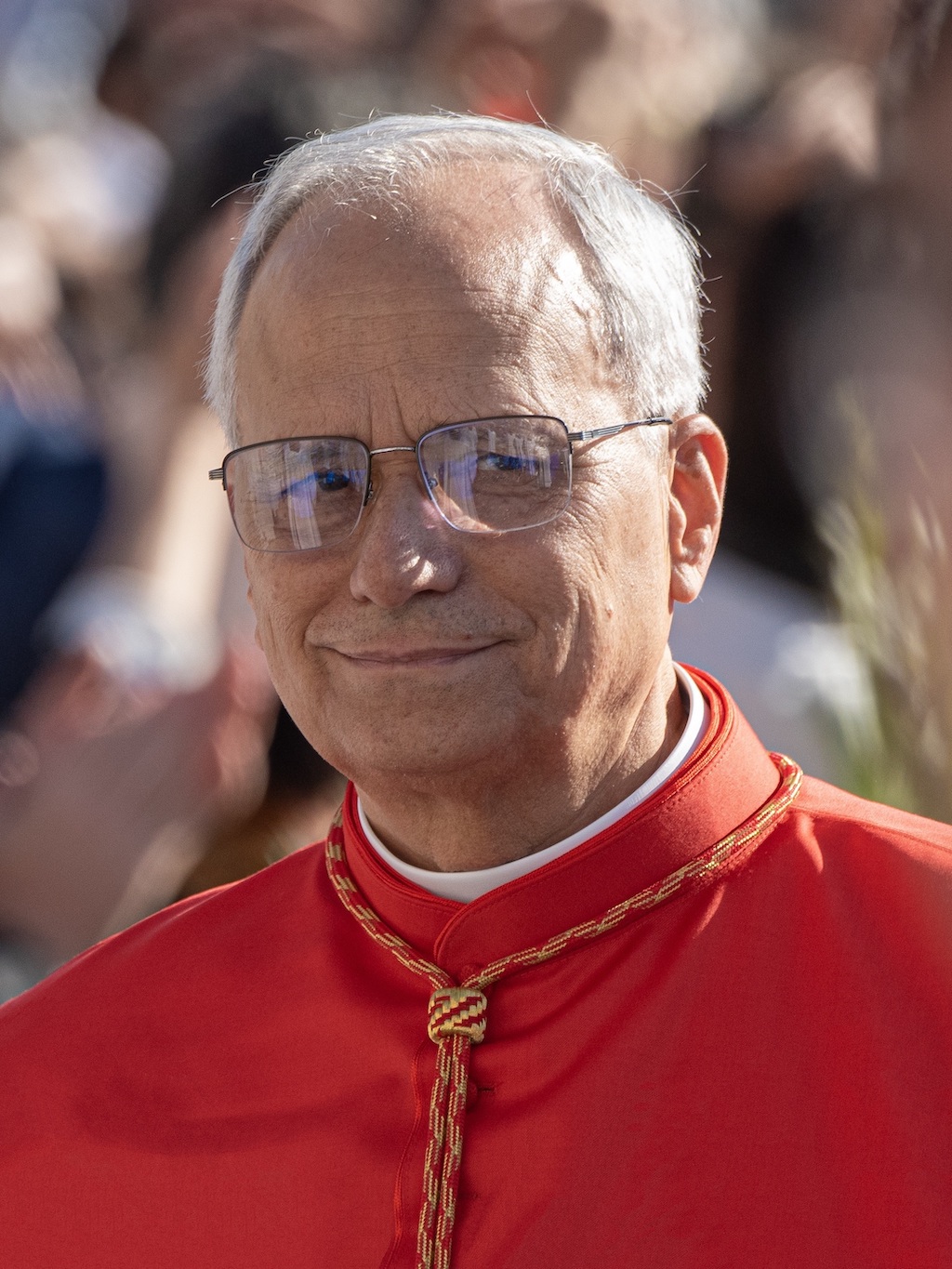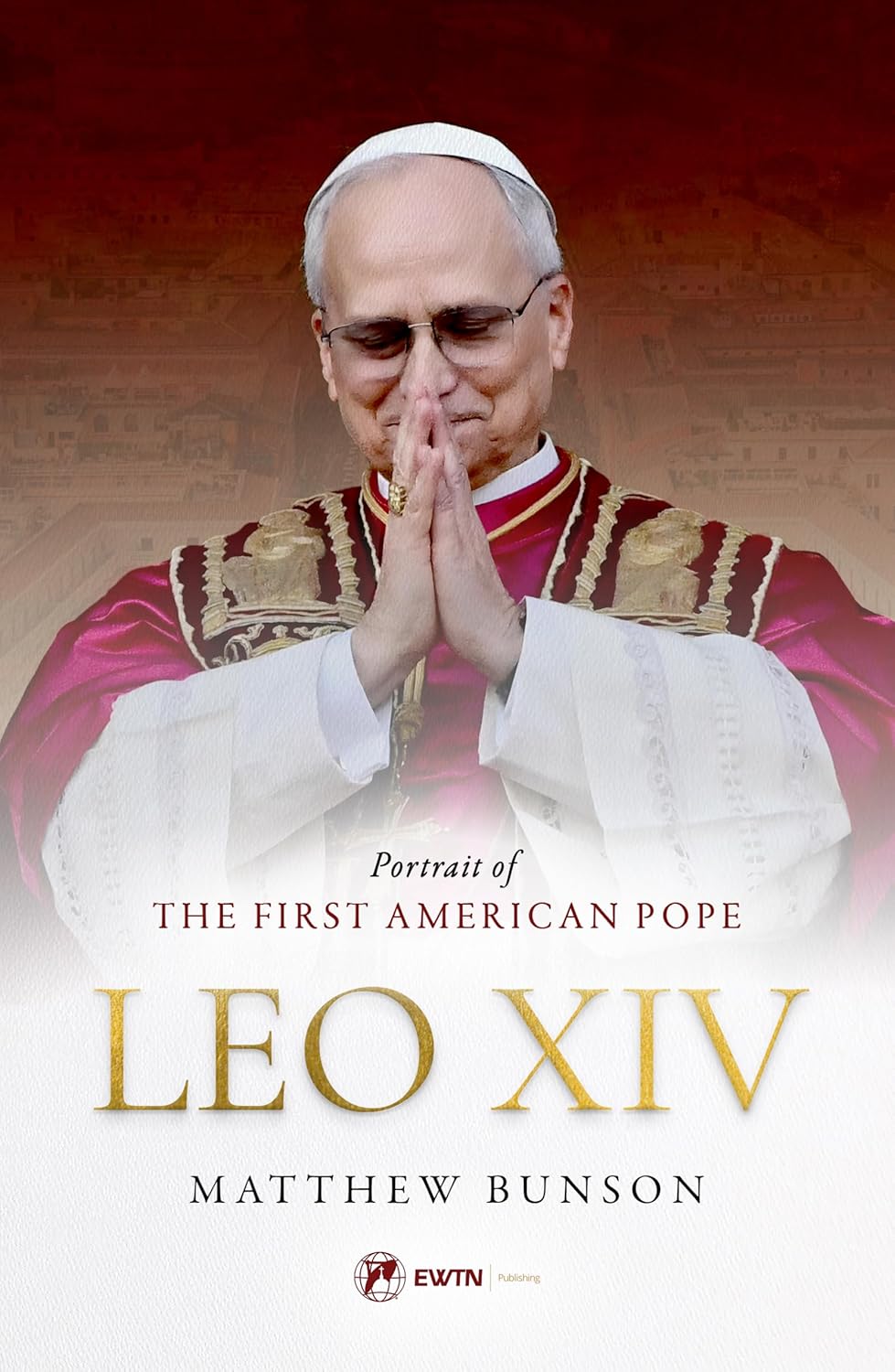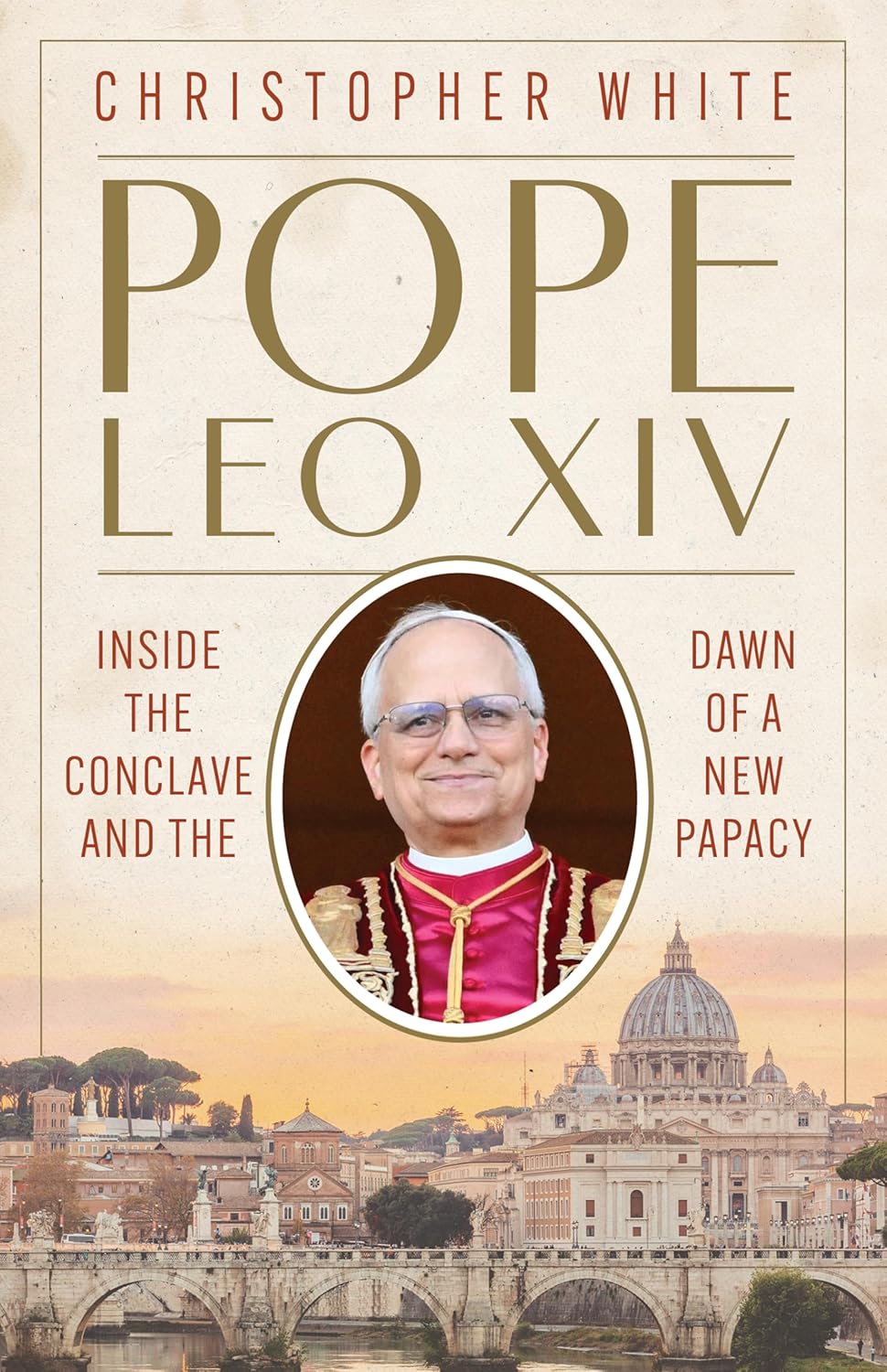Biography
Robert Francis Prevost was born on September 14, 1955, in Chicago, Illinois, USA. He was raised in a Catholic family and showed an early interest in religious life. His parents, Louis Marius Prevost and Mildred Martínez, had French-Italian and Spanish heritage, respectively. He has two brothers, Louis Martín and John Joseph.
After completing his studies at Villanova University in Pennsylvania in 1977, Prevost entered the Augustinian Order (O.S.A.) and took his solemn vows in 1981. He was ordained a priest in 1982.
In the following years, Prevost dedicated himself to missionary work in Peru, where he served as a priest and pastoral leader. His engagement in the region led him to acquire Peruvian citizenship in 2015.
From 2001 to 2013, Prevost served as the General Prior of the Augustinian Order, one of the highest positions within the Order. In 2015, he was appointed Bishop of the Diocese of Chiclayo in northern Peru. During his tenure, he advocated for social justice and supported the marginalized communities.

By Ricardo Perna (AIIC) - Consistório: D. Américo Aguiar recebeu o barrete e o anel cardinalício, Public Domain, Link
In January 2023, Pope Francis appointed him Prefect of the Dicastery for Bishops, a significant position within the Roman Curia. In this role, Prevost was responsible for the appointment of bishops worldwide.

Leo XIV: Portrait of the First American Pope
We have a Pope! And his name is Leo XIV.
But who is this American-born 266th successor to St. Peter? What is the former Cardinal Robert Francis Prevost’s vision for the Church, and what impact will his papacy have on Catholics and on the world?
Renowned Vatican journalist Dr. Matthew Bunson offers the first authoritative portrait of the new Holy Father. With unmatched access and a reputation for integrity and insight, Bunson delivers a compelling, richly textured narrative of the new pope’s life, beliefs, and most improbable journey to the Chair of St. Peter.
This book will roll off the presses on May 21st, making it the first definitive biography available to readers worldwide. Accessible, informative, and rooted in journalistic rigor and an intimate understanding of the Church, LEO XIV: Portrait of the First American Pope is essential reading for anyone seeking to understand the man inside the white cassock—and the moment in which he will reign.
On May 8, 2025, at the age of 69, Robert Francis Prevost was elected as the 267th pope of the Roman Catholic Church, taking the name Leo XIV. His election marked a historic moment as he became the first U.S.-born pope in history. His papacy has been seen as a symbol of the increasing globalization of the Church and the importance of worldwide collaboration within the faith community.
Election of Pope Leo XIV
Background and Election
Before his election, Cardinal Prevost had served as the Prefect of the Dicastery for Bishops. Although considered an outsider prior to the conclave, he was seen by many as a potential compromise candidate and an ally of Pope Francis. His American background was initially seen as a potential obstacle, with concerns about the geopolitical implications. However, his moderate stance and connections across various continents won him strong support.
Papal Election Procedure (Conclave)

Pope Leo XIV: Inside the Conclave and the Dawn of a New Papacy
The election of Pope Leo XIV signals a defining moment for the Catholic Church. As he steps onto the world stage, the new pontiff inherits the throne of St. Peter, the legacy of Pope Francis, and the challenges of a rapidly changing Church.
In Pope Leo XIV, veteran Vatican correspondent Christopher White delivers an authoritative account of the dramatic conclave that shaped this momentous transition, the forces that propelled Pope Leo XIV to the papacy, and the vision he brings to the Church’s future. Drawing on exclusive reporting and expert analysis, White examines the potential impact of Pope Leo XIV's leadership on Catholicism’s governance, doctrine, and engagement with pressing global issues. He also explores how the vision of Pope Francis’s successor may shape the Church’s role in contemporary society amid unprecedented uncertainty and change.
1. Vacancy of the See
The election of a new pope becomes necessary when the reigning pope dies or resigns. After Pope Francis's death on Easter Monday, 2025, a vacancy of the papal seat occurred, prompting the need for a conclave.
2. Conclave Convening
The conclave begins no sooner than 15 and no later than 20 days after the vacancy. In 2025, 133 eligible cardinals gathered in the Sistine Chapel to elect the new pope.
3. Voting Process
The election takes place in a secret ballot. Each cardinal writes the name of their preferred candidate on a ballot paper, with the inscription Eligo in Summum Pontificem ("I elect to the supreme pontificate"). The ballots are collected, mixed, and counted by three assistants. A two-thirds majority is required for a valid election.
4. Smoke Signals
After each round of voting, the ballots are burned. Black smoke (fumata nera) indicates an unsuccessful election, while white smoke (fumata bianca) signals the election of a new pope. On May 8, 2025, white smoke rose, announcing the successful election of Robert Francis Prevost as Pope Leo XIV.
5. Acceptance of the Election and Name Selection
Once the required majority is reached, the elected cardinal is asked whether they accept the election. If they agree, they choose a papal name. Robert Francis Prevost chose the name Leo XIV.
6. Announcement and First Address
The Cardinal Protodeacon announces the election with the words: Annuntio vobis gaudium magnum: Habemus Papam! ("I announce to you with great joy: We have a pope!"). The new pope then appears on the loggia of St. Peter's Basilica and delivers his first address to the faithful. Pope Leo XIV greeted the crowd with the words: “Peace be with you all!”
After the Election
On May 9, 2025, Pope Leo XIV celebrated his first Mass as pope in the Sistine Chapel, emphasizing the importance of faith and describing the Church as a "lighthouse that illuminates the dark nights of this world." His inaugural Mass is scheduled for May 18, 2025, on St. Peter’s Square.
In his first address, Pope Leo XIV emphasized the importance of peace and called for building bridges of dialogue and encounter. He expressed his gratitude to his predecessor, Pope Francis, and to the cardinals for their trust. As an Augustinian, he quoted Saint Augustine: "With you I am a Christian, for you I am a bishop."
Pope Leo XIV will reside in the Apostolic Palace, rather than in the Domus Sanctae Marthae, following his predecessors.
Motto & Symbolism
In Illo Uno Unum
The papal motto of Pope Leo XIV is In Illo Uno Unum – "In the One, we are one." This Latin expression is drawn from the writings of Saint Augustine, particularly his interpretation of Psalm 127. It emphasizes that "although we Christians are many, we are one in the One Christ".
With this motto, Pope Leo XIV highlights his vision of a united Church, characterized not by uniformity but by a shared belonging to Christ. It reflects his Augustinian spirituality and his commitment to viewing diversity within the Church as a source of strength.
Coat of Arms: Symbols of Unity and Devotion
Pope Leo XIV's coat of arms combines Marian and Augustinian elements, reflecting his spiritual roots and pastoral focus.
Upper Section: The White Lily on a Blue Background
In the upper section of the coat of arms, a white lily on a blue field symbolizes the Virgin Mary. This representation emphasizes the Pope's Marian devotion and his deep connection to the Mother of God.
Lower Section: The Burning Heart on the Book
The lower section features a red heart pierced by an arrow resting on a closed book. This imagery is inspired by the iconography of Saint Augustine and symbolizes his conversion through the Holy Scriptures.
- The arrow represents the Word of God piercing the heart.
- The book signifies the Bible.
Traditional Papal Insignia
Behind the shield are the crossed keys of Saint Peter, symbolizing the Pope’s authority. Instead of the traditional tiara, the coat of arms features a three-banded mitre, highlighting the humility and service-oriented nature of the pontificate.
Spiritual Significance
The motto and coat of arms of Pope Leo XIV are deeply rooted in Augustinian tradition and reflect his vision of a Church united in Christ, enriched by love for the Holy Scriptures, and characterized by Marian devotion. They invite the faithful to focus on the core of the faith and to live together as one family in Christ.